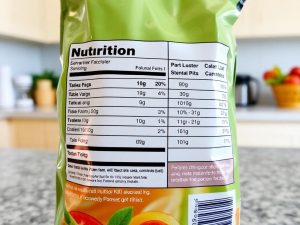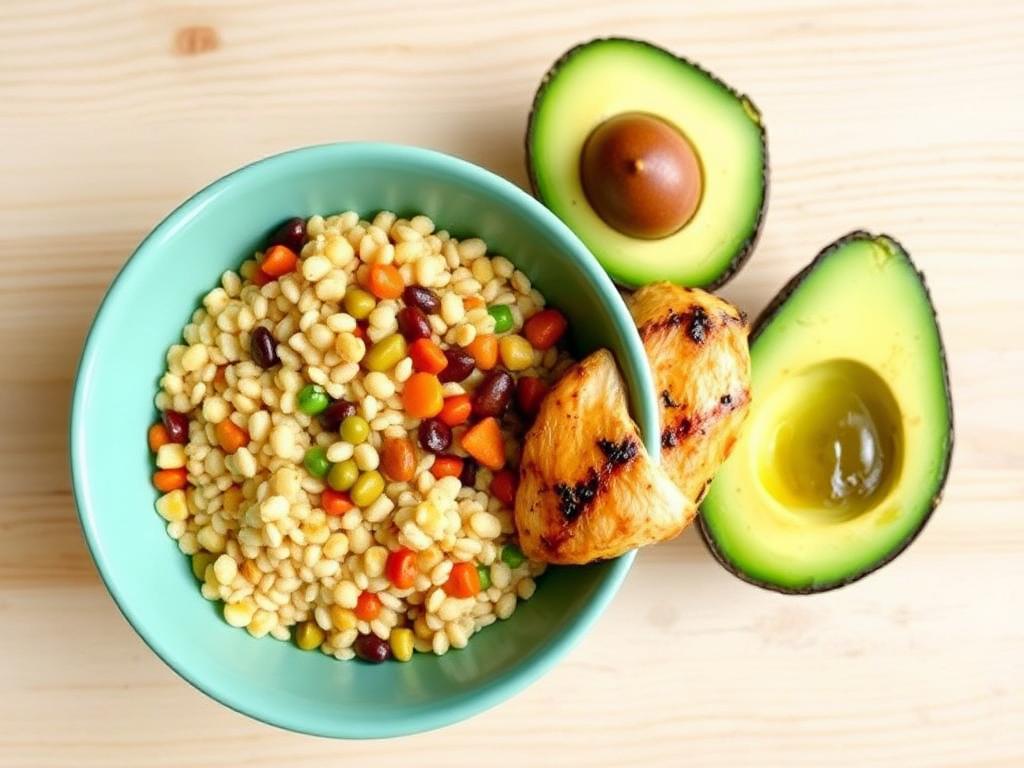How to Read Nutrition Labels Effectively

Understanding nutrition labels is an essential skill for making informed choices about the food you eat. These labels provide detailed information about the nutritional content of packaged foods, helping you decide which products align with your dietary needs and health goals. Here’s a step-by-step guide to mastering the art of reading nutrition labels.
1. Start with the Serving Size
The first thing to look at on a nutrition label is the serving size and the number of servings per container.
- Why It Matters: The nutrition facts listed are based on the serving size. If you consume more than the serving size, you’ll need to multiply the values accordingly.
- Tip: Compare the serving size with the portion you typically eat to avoid underestimating calorie and nutrient intake.
2. Check Calories Per Serving
Calories indicate how much energy you get from one serving of the food.
- How to Use This Information:
- Low calorie: 40 calories or less per serving
- Moderate calorie: 100 calories per serving
- High calorie: 400 calories or more per serving
- Tip: To manage weight, be mindful of how many calories you consume compared to how many you burn.
3. Analyze Macronutrients: Fats, Carbohydrates, and Protein
Understanding macronutrients can help balance your diet.
Fats
- Look for total fat, saturated fat, and trans fat.
- Healthy Choices: Opt for foods with unsaturated fats (like nuts and avocados) and limit saturated and trans fats.
Carbohydrates
- Includes dietary fiber, sugars, and added sugars.
- Healthy Choices: Aim for foods high in fiber (3g or more per serving) and low in added sugars.
Protein
- Protein is essential for muscle repair and overall health.
- Tip: Choose foods with a good protein-to-calorie ratio, especially if you’re physically active.
4. Look at Percent Daily Value (%DV)
Percent Daily Values are based on a 2,000-calorie diet and indicate how much a nutrient in a serving contributes to your daily intake.
- Quick Guide:
- 5% DV or less: Low
- 20% DV or more: High
- Tip: Use %DV to identify nutrients you want to limit (like sodium) and those you want to consume more of (like fiber and vitamins).
5. Identify Key Nutrients to Limit
Some nutrients should be consumed in moderation:
- Saturated Fat: Linked to heart disease.
- Trans Fat: Avoid completely.
- Sodium: Excess sodium can increase blood pressure. Aim for less than 2,300 mg per day.
- Added Sugars: Limit to less than 10% of your total daily calories.
6. Focus on Nutrients to Increase
Look for foods high in these nutrients:
- Fiber: Supports digestive health.
- Vitamin D, Calcium, and Iron: Essential for bone health and preventing deficiencies.
- Potassium: Helps maintain healthy blood pressure.
7. Read the Ingredient List
Ingredients are listed in descending order by weight.
- What to Look For:
- Fewer ingredients generally mean less processed food.
- Watch for added sugars, artificial flavors, and unhealthy fats.
- Tip: Look for whole-food ingredients like “whole grain” or “natural.”
8. Be Mindful of Marketing Claims
Labels like “low-fat,” “sugar-free,” or “natural” can be misleading. Always cross-check the nutrition facts to verify these claims.
9. Customize for Your Needs
Depending on your dietary goals (weight loss, muscle gain, managing a health condition), prioritize specific nutrients and serving sizes.
10. Practice Makes Perfect
Reading nutrition labels can feel overwhelming initially, but with practice, it will become second nature. Make it a habit every time you shop for packaged foods.


